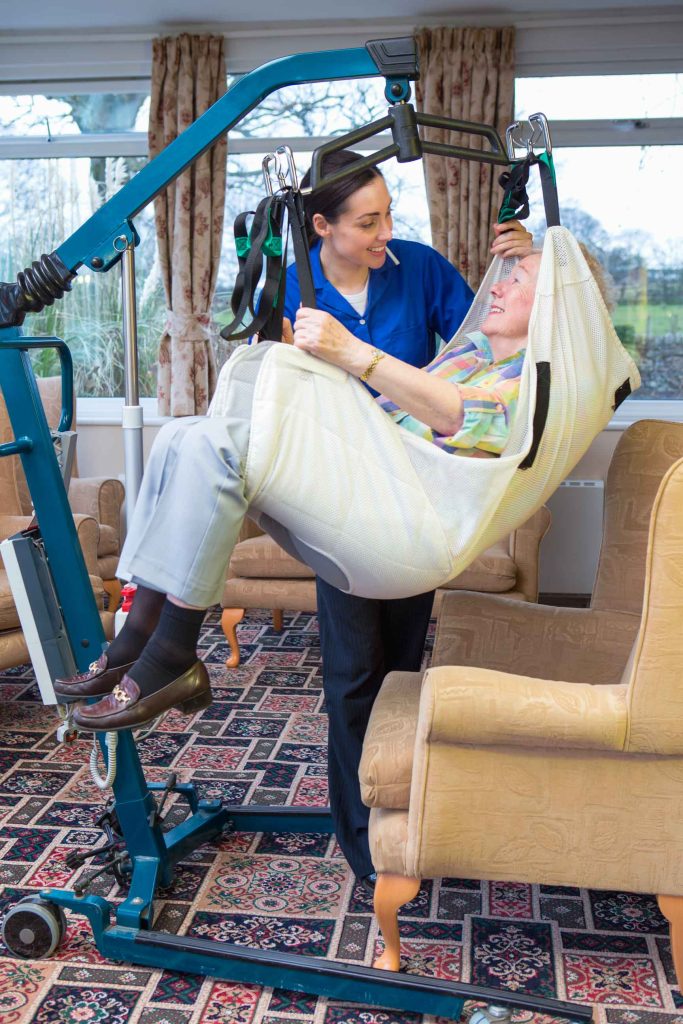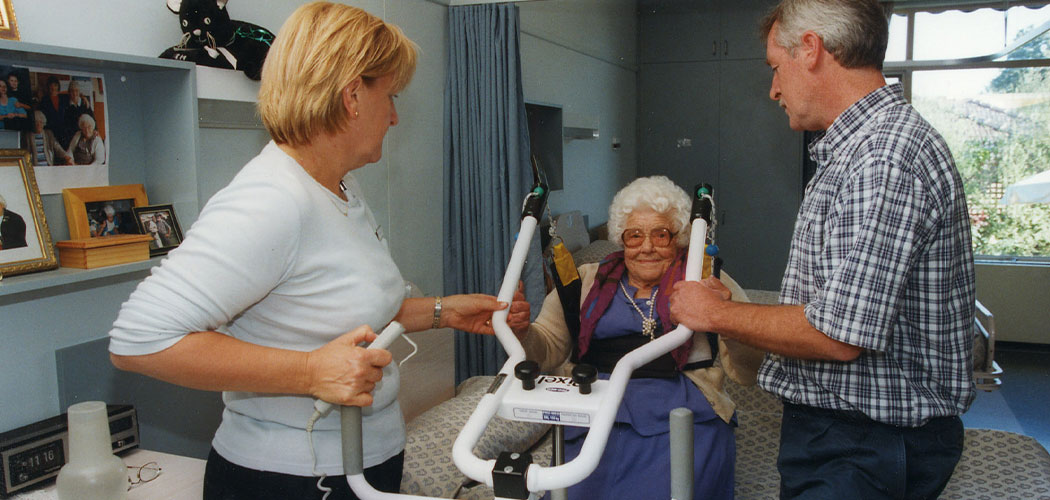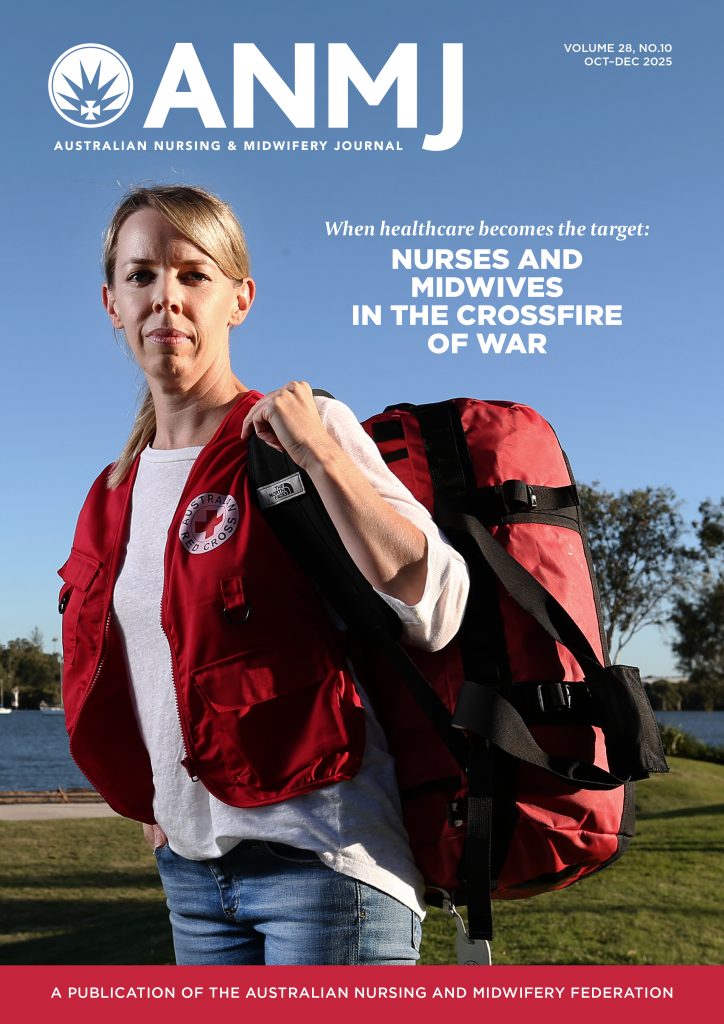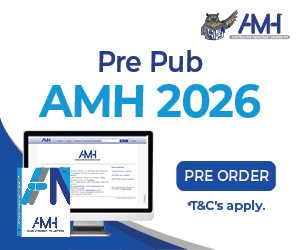Safe manual handling and no lift policies had their origins with the union back in the late 1980s and early 1990s.
The movement towards ‘no lift’ policies were driven by nurses and midwives on the ground with increasing awareness of occupational health and safety issues. These policies aim to improve both patient and staff safety by minimising the need for nurses to manually lift patients.
After nearly two decades working as a nurse and midwife, ANF Victorian Branch member Elizabeth Langford sustained a back injury at work in the late 1980s which led to the end of her nursing career. She joined the ANF’s Injured Nurses Support Group and began researching back injuries among nurses in Victoria.
Langford discovered that nurses had the highest injury rate in the female workforce in Victoria and the majority were back injuries from manual handling – these accounted for about 84% of injuries amongst nurses with those injured aged in their 40s.
Langford began work on what would become the Buried but not dead report published in 1997. The report helped inform the ANF Victorian Branch’s initial ‘no lifting’ policy, which was launched in April 1998.
ABC media coverage gave the issue traction and governments started to pay attention. This led to the ANF Victorian Nurses Back Injury Prevention Project (VNBIPP) with funding by the state government to help healthcare organisations implement back injury prevention programs based on the Branch’s ‘no lifting’ policy.

Various mechanical aids and devices, such as hoists, slide sheets, and lifting machines were introduced to assist in patient handling, ensuring patients were moved safely while also protecting staff from injury.
The project resulted in a substantial reduction in back injuries, and the government acknowledged the program had been an outstanding success. So much so that Elizabeth Langford received an Order of Australia in 2003, which she donated to the ANMF Victorian Branch.
When the VNBIPP was initiated in 1998, nurses accounted for more than 54% of compensation claims by health industry workers. In 2004, evaluation of the project found:
- a 24% reduction in the rate of standard back injury claims by nurses in Victorian public health services; and
- a 41% reduction in working days lost due to back injuries.
Ahead of the 10th anniversary of the ‘no lifting’ policy in Victoria, WorkSafe Victoria data showed that overall compensation injuries to Victorian nurses, recorded a 15% drop since 2001.
Today, ‘no lifting’ policies are widely accepted not only throughout Victoria but other states and territories. The adoption of ‘no lift’ policies has significantly improved workplace safety in the healthcare sector, leading to a reduction in injury rates and promoting a safer working environment for nurses and midwives.
(Image left: No lift policy)
Reference
Buried but not dead: a survey of occupational illness and injury incurred by nurses in the Victorian health service industry. ANF (Vic Branch) Injured Nurses Support Group; Elizabeth Langford. 1997.









